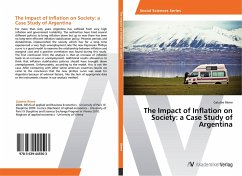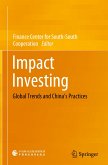For more than sixty years Argentina has suffered from very high inflation and government instability. The authorities have tried several different policies to bring inflation down but up to now there has been no long-term efficient inflation stabilization policy. Peronist periods and dictatorships impoverished the society which has for a long time experienced a very high unemployment rate.The new Keynesian Phillips curve is a good model to examine the relationship between inflation and marginal cost and a positive correlation was found during this study. The first conclusion from the analysis is that an increase of inflation leads to an increase in unemployment. Additional results allowed us to think that inflation stabilization policies should have brought down unemployment. Unfortunately, according to the model, this is not the case. After comparing with other latine american countries results we came to the conclusion that the new phillips curve was weak for Argentina because of external factors, like the lack of appropriate data or the instruments chosen in our analysis method.







